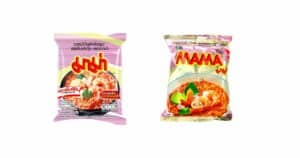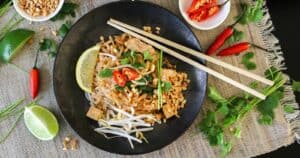Thai cuisine is beloved for its complex medley of sweet, sour, salty and spicy flavors. But for picky eaters, those exotic tastes and textures can be intimidating. If you’re a selective eater, you may wonder: is it even possible to enjoy Thai food?
The answer is a resounding yes! With the right menu picks and simple customizations, even persnickety eaters can find satisfying Thai dishes suited to their preferences.
This article will explore the most beginner-friendly Thai food options for finicky palates. You’ll discover modified recipes and ordering tips to tailor meals to your taste. Whether you dislike spicy food, are texture-averse, or wary of trying new ingredients, this guide will help uncover crave-worthy Thai favorites you’re sure to enjoy.
Here’s a preview of what you can expect to learn:
- What makes Thai food challenging for picky eaters
- 10 best starter Thai dishes for picky eaters
- Tips for ordering and customizing Thai meals
- Easy recipe tweaks to make Thai food picky-eater friendly
- Ways to gradually expand picky eaters’ horizons
So let’s get started on demystifying Thai cuisine and finding dishes that will satisfy even the choosiest eaters!
What Makes Thai Food Challenging for Picky Eaters?
Before diving into the best options, let’s look at some common hurdles:
Unfamiliar Ingredients
Thai cooking relies on unique herbs, spices, sauces, and produce like lemongrass, galangal, fish sauce, and bird’s eye chilies. These distinct flavors can seem overly bold or strange.
Texture Issues
From slippery noodles to chewy meat, Thai food’s varied textures can deter texture-averse eaters. Those adverse to mushy foods may dislike dishes featuring canned bamboo shoots.
Spice Sensitivity
With its liberal use of hot chilies, Thai cuisine can pack some serious heat. Too much spiciness can easily overwhelm sensitive palates.
Food Neophobia
Many picky eaters instinctively reject unknown foods. This fear of new foods, called food neophobia, makes approaching Thai cuisine daunting.
The good news? With the right strategies, even the pickiest eaters can discover crave-worthy Thai favorites.
Best Beginner Thai Dishes for Picky Eaters
Here are 10 delicious Thai dishes tailored for selective palates:
1. Thai Coconut Soup (Tom Kha Gai)
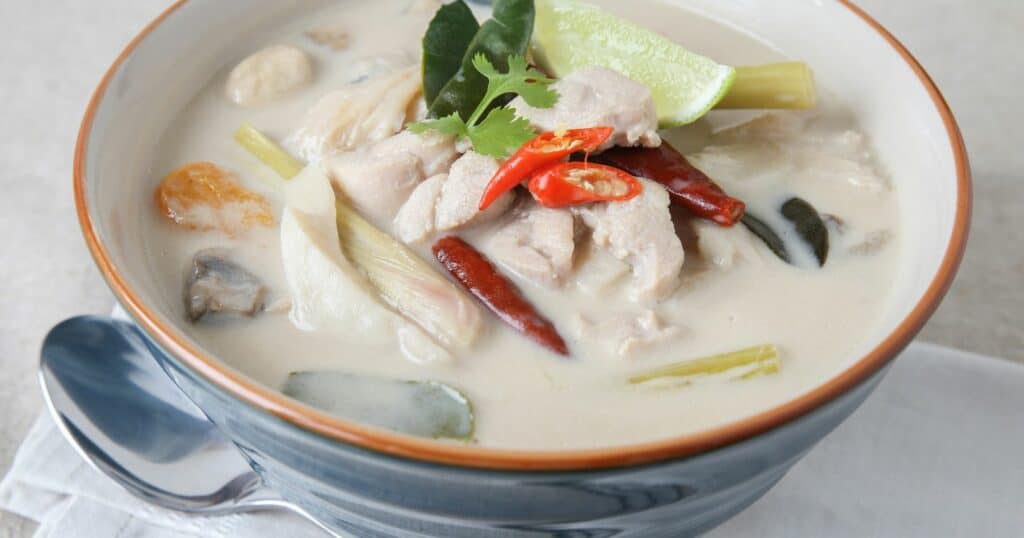
This soothing coconut milk-based soup gets its flavor from galangal, lemongrass, lime juice, and mushrooms.
Picky eater perks:
- Mild flavor
- Subtle coconut taste
- Chicken provides familiar texture
- Customizable
spice level
2. Thai Fried Rice
Rice dishes like pineapple fried rice offer a touch of sweetness along with egg, vegetables, and your choice of protein.
Picky eater perks:
- Familiar fried rice format
- Mild, approachable flavor
- Contains no unfamiliar ingredients
- Pick your protein: chicken, shrimp, or tofu
3. Thai Spring Rolls
Crispy rolls with fresh vegetables, herbs, rice vermicelli, and protein wrapped in rice paper. Often served with peanut dipping sauce.
Picky eater perks:
- Crunchy, refreshing texture
- Fresh, veggie-focused filling
- Rice paper wrappers seem less “foreign”
- Can omit
spice from dipping sauce
4. Thai Chicken Satay
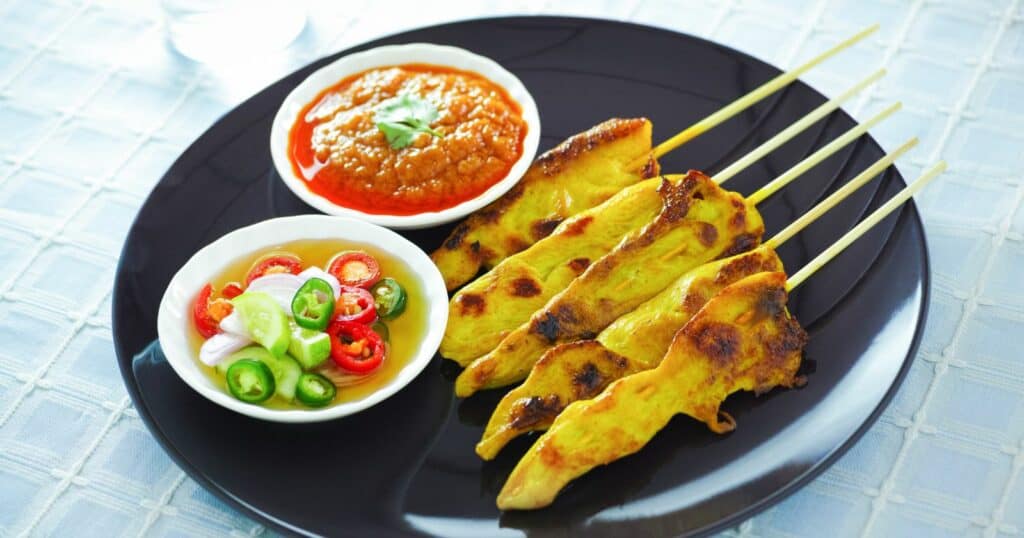
Marinated chicken skewered and grilled, served with peanut dipping sauce.
Picky eater perks:
- Familiar flavor of grilled chicken
- Appeal of food-on-a-stick
- Can control amount of dipping sauce
5. Pad Thai
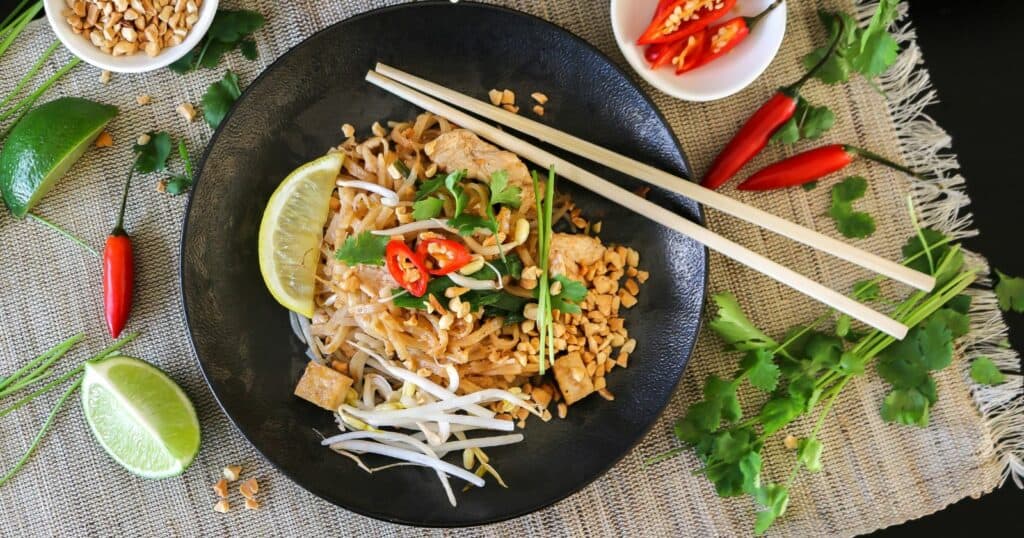
Iconic stir-fried rice noodles with eggs, peanuts, bean sprouts, and protein in a tangy tamarind sauce.
Picky eater perks:
- Noodle-based dishes feel familiar
- Fresh, light ingredients
- Can reduce or omit
spice - Sauces served on the side
6. Thai Basil Chicken (Pad Kraphao Gai)
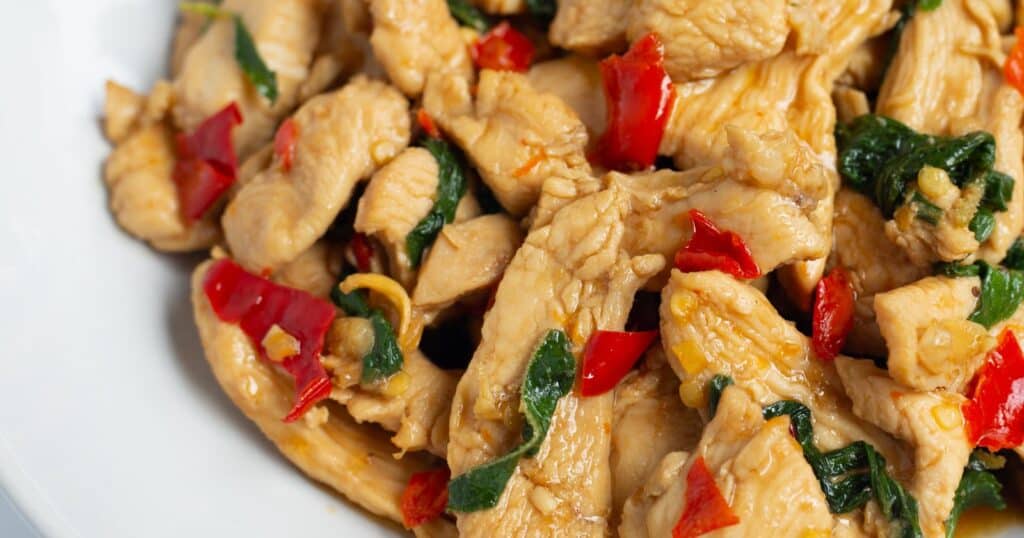
Stir-fried ground chicken with basil, garlic, and chili. Often served over rice.
Picky eater perks:
- Familiar chicken and rice base
- Abundant basil masks stronger flavors
- Can adjust spiciness as needed
7. Thai Green Curry
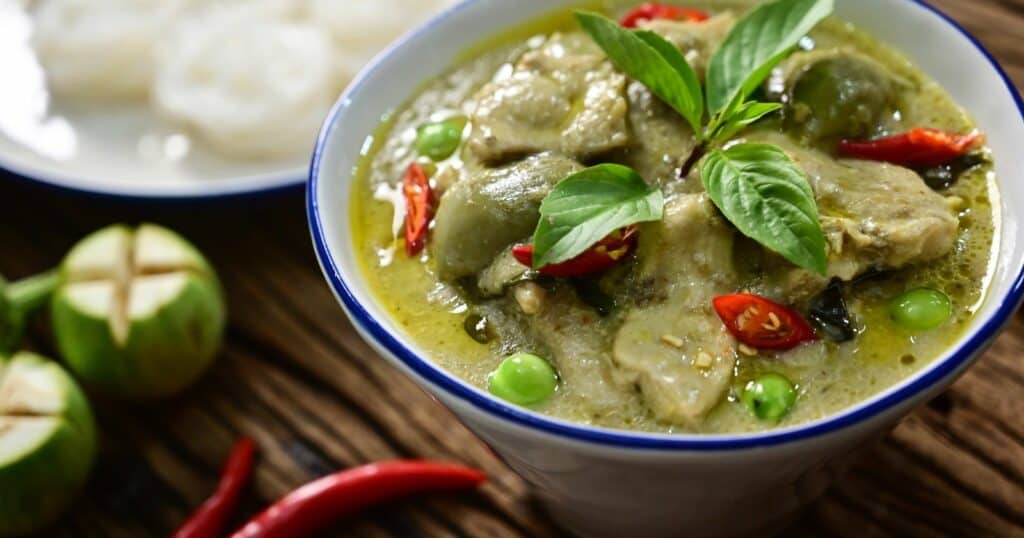
Mild, coconut milk-based curry made with green curry paste, protein, and vegetables.
Picky eater perks:
- Soothing coconut flavor
- Milder green curry heat
- Can include familiar veggies
- Customizable protein: chicken, shrimp, or tofu
8. Thai Fish Cakes (Tod Mun)
Bite-sized fish and
Picky eater perks:
- Mild flavor
- Reminiscent of crab cakes
- Cucumber salad cools heat
- Can skip dipping sauce
9. Thai Papaya Salad (Som Tum)
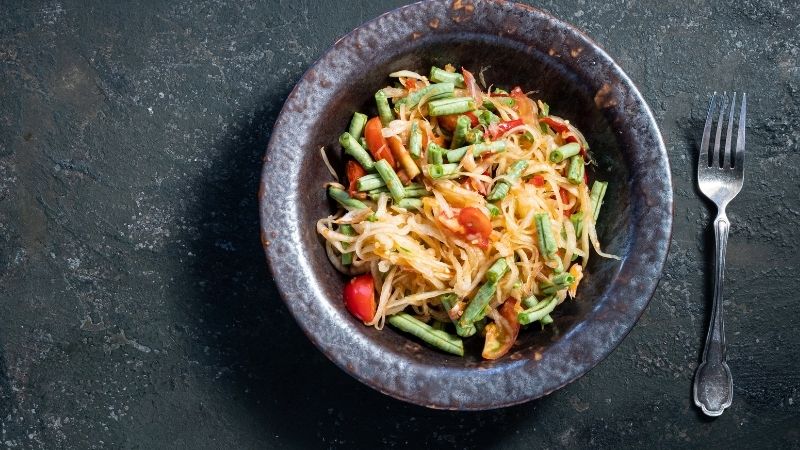
Shredded papaya, tomatoes, lime juice, peanuts, and chili peppers.
Picky eater perks:
- Mixture of sweet and tangy
- Crunchy, refreshing texture
- Omit chili peppers to reduce heat
10. Thai Chicken Lettuce Wraps

Minced chicken with garlic, ginger, and spices served in lettuce cups.
Picky eater perks:
- Familiar lettuce wraps format
- Fresh, light flavors
- Crunchy lettuce texture
- Easily adjust
spice level
Thai Foods That Mask Strong Flavors
Some picky eaters dislike strongly flavored or smelly foods. The good news is many Thai dishes use ingredients that help mask or balance robust flavors:
- Coconut milk – Its natural sweetness and fat round out sharper tastes.
- Peanut sauce – Wonderfully covers up fishy or sour flavors.
- Thai basil – The aromatic herb’s licorice-like flavor dominates dishes.
- Cucumber – Offers a cool, mild crunch that contrasts rich textures.
- Jasmine rice – The subtly floral rice balances seasoning and spices.
Choosing Thai foods featuring these masking agents makes new flavors more approachable.
Tips for Ordering Thai Food as a Picky Eater
ordering and customizing your meal can satisfy even finicky eaters. Here are helpful tips:
Choose Milder Dishes
Opt for curry pastes labeled maa (medium spicy) vs. phet (very spicy). Request no extra chili peppers or sauce on the side.
Modify Spicing
Ask for dishes to be prepared “mild” or with “light spicing.” Most restaurants are happy to adjust heat levels.
Request No Cilantro
This polarizing herb is used abundantly in Thai cooking. If you dislike cilantro, request dishes without it.
Ask About Ingredients
Inquire if dishes contain unfamiliar ingredients like galangal, lemongrass, or kaffir lime leaves. Request they be excluded if hesitant.
Choose Familiar Proteins
Pick chicken, shrimp or tofu instead of offal or obscure proteins that seem unappetizing.
Substitute Sauces
Ask for brown sauce instead of nam pla (fish sauce) or soy sauce instead of oyster sauce if wary of new tastes.
Swap Noodles
Rice noodles may seem more approachable than translucent bean thread noodles. Don’t be afraid to make substitutions.
Sample First
Order small starters like spring rolls to taste test dishes before diving into larger plates.
Bring a Friend
Having someone familiar try dishes first or ordering family-style can ease anxiety.
Easy Tips for Cooking Thai Food for Picky Eaters
Preparing Thai recipes at home lets you completely control ingredients and
Gradually Introduce New Flavors
Start with small amounts of galangal, lemongrass, lime leaves or ginger. Once comfortable, slowly increase to build familiarity.
Mild Curry Pastes Are Your Friends
Green and red curry pastes tend to be mildest. Start there versus diving into spicy yellow or panang curries.
Let Picky Eaters Customize
Offer an array of add-ins like bell peppers, carrots, grated ginger, and basil so they can craft recipes to their preferences.
Tone Down Spicy Elements
Cut back on chili peppers or chili-garlic sauce. Serve spicy condiments like sriracha on the side.
Brighten with Lime
Add extra lime juice and zest to mask stronger flavors. The acidity and citrus taste makes dishes seem fresher.
Keep Dishes Vegetarian-Friendly
Veggie proteins like tofu and edamame are less likely to elicit texture issues. Plus, familiar veggies increase comfort levels.
Stick to Familiar Cooking Methods
Frying, grilling, roasting and sautéing likely feel less intimidating than steaming or preparing unfamiliar Thai dishes like laab (minced meat salad). Build confidence with basics first.
Let Picky Eaters Monitor Heat
Allow them to add
Expanding Horizons Beyond Picky Eating
While modifying Thai recipes can make them more approachable, part of savoring the cuisine also means being open to new experiences. Here are tips for slowly expanding picky eaters’ horizons:
Introduce New Textures and Temperatures
Gradually incorporate contrasting textures and temperatures like adding cool cucumbers to a warm curry. The familiar helps balance the new.
Incorporate Small Amounts of New Ingredients
Add a few chopped peanuts, a sprinkle of lemongrass, or a dash of fish sauce into an otherwise familiar meal. It softly immerses tastebuds in new flavors.
Explore Markets and Grocers Together
Pick out a new herb, sauce, or
Relate Dishes to Familiar Favorites
Note how flavors mirror adored foods like how red curry’s warmth resembles chicken tikka masala’s. Finding parallels eases openness to try new cuisine.
Focus on All Senses
Engage in the whole experience by noticing aromas, observing plating, and truly savoring each bite. Multisensory enjoyment builds appreciation.
Travel Together (or Virtually)
Experience markets, restaurants and street vendors in Thailand firsthand. Or explore Thai culture through virtual tours, videos, and cookbooks to awaken interest in the cuisine’s origins.
With the right introduction, even the most reluctant eaters can discover amazing Thai food. So go forth and explore the incredible flavors Thailand has to offer!



